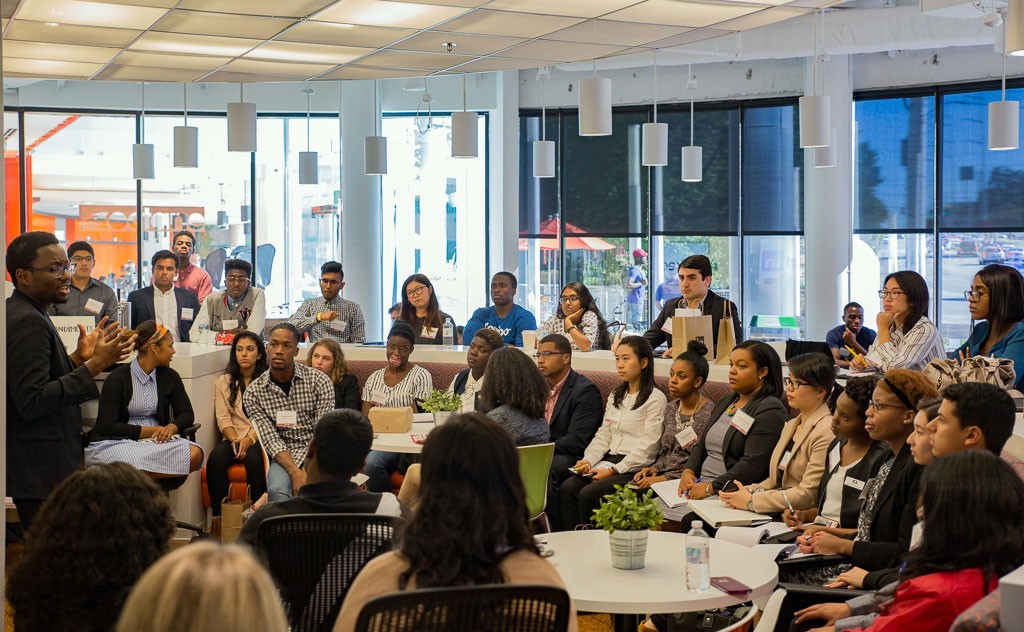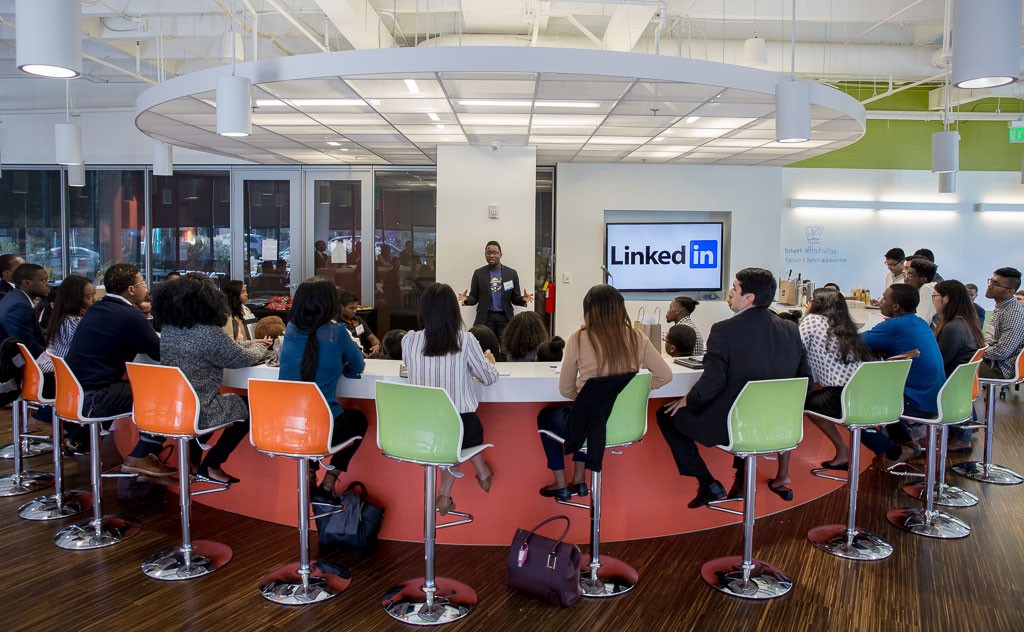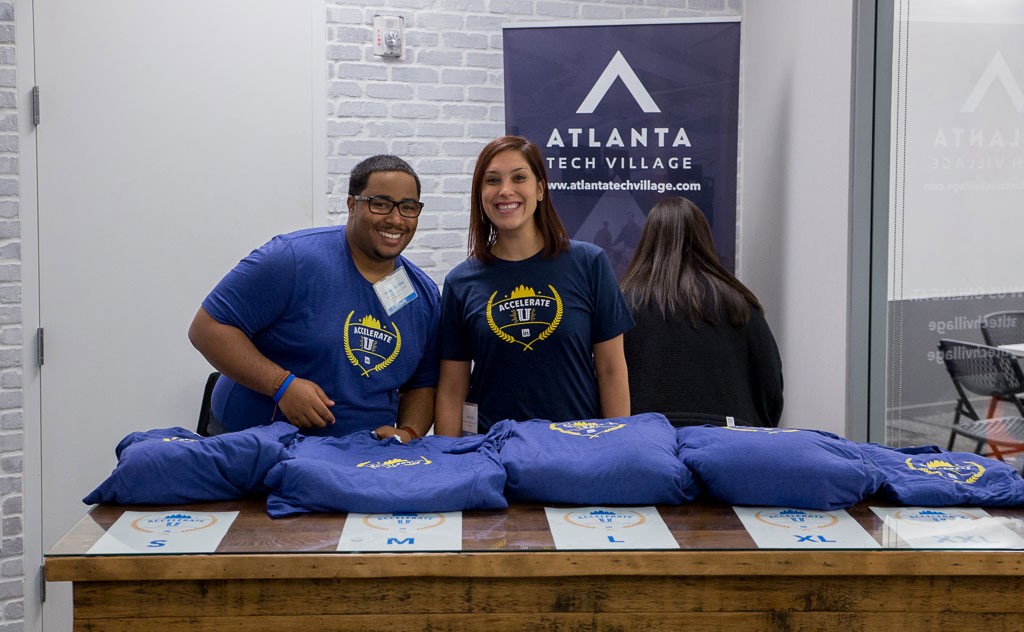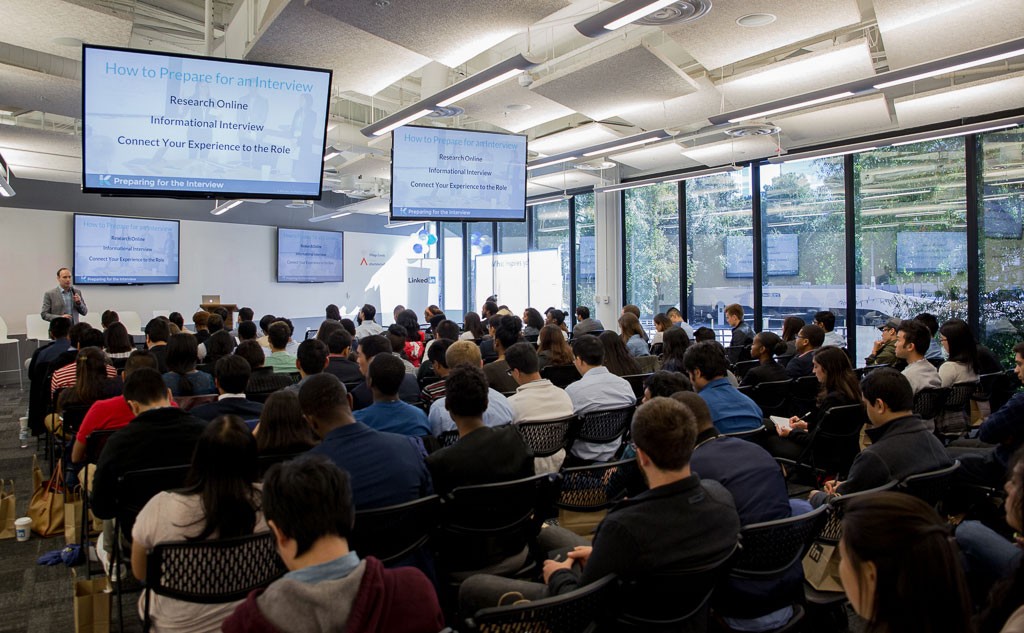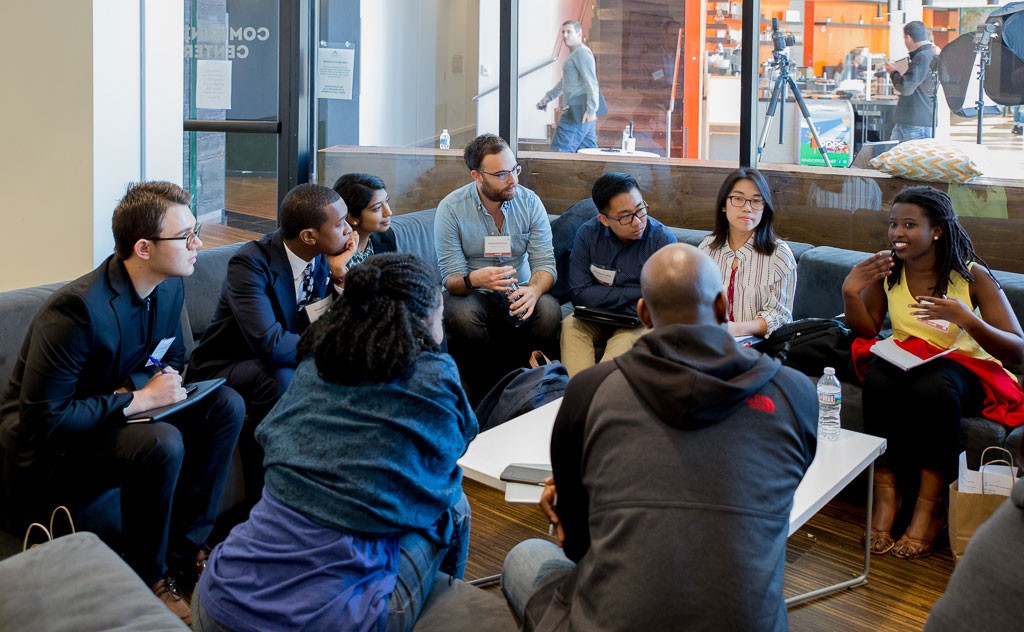How Scrapping the Traditional College Recruitment Model Helped LinkedIn Find More Diverse Talent
As the head of the LinkedIn Campus Recruiting team, I’ve come to realize that traditional college recruiting just doesn’t work anymore - at least when it comes to finding diverse talent.
And, as everyone is talking about it these days, increasing diversity is more than just an afterthought for almost every company in technology (LinkedIn included). In fact, it’s a measured goal. But, while there have been some incremental changes over the past few years, many of us still have a long way to go.
At LinkedIn, we had a theory that the problem isn't that there is a lack of diverse talent - the problem was with the pipeline we were building from traditional college recruiting. With that in mind, we decided to completely change how we recruited at the college-level. It took a couple years, but now we are seeing some great results. Here are the three steps we took that other companies can utilize to start building a new pipeline of talent.
1. Look beyond the geographies and universities where you recruit now
Most tech companies look at college recruiting as a way to ensure that they are attracting more diverse talent. The problem is, they are typically focusing their efforts in certain geographies and schools - and thus get similiar applicants over and over.
That was the case with how we recruited at LinkedIn for years. While it may make the most sense from a logistical perspective to focus on a few elite universities, companies are narrowing their total addressable market by doing so. What we realized is by spreading our efforts to more geographies and more schools, we would be exposing ourselves to a far more diverse set of people to choose from.
2. Create a new college recruiting process to reach the right talent
After realizing that traditional college recruiting was hindering our diversity efforts, our team began thinking about what would be possible if we took a different approach. The question we asked ourselves was: What would it take to identify nearly all early-in-career talent without having to rely on physical set ups at college campuses (at least in the traditional model)?
In 2014, the talent acquisition team made finding a way to recruit top talent without having to visit one more college campus one of our top priorities. With that as our focus, we moved away from career fairs at well-known universities and began thinking regionally. In addition, we began leveraging unique on-campus events to engage with, train and attract various student groups to our company.
By hosting career focused events where students could get help with their LinkedIn Profile and/or take headshots, we were offering them a different way of engaging with us. These events focused more on their professional development than on our recruitment efforts, as we believe in upleveling students’ professional skills to help them land their dream job regardless of our recruiting efforts.
We felt we had a unique opportunity to arm students with the right skills when they enter the workforce and also teach them how the LinkedIn platform can help them throughout their career.
3. Create programs and events where young talent can learn and engage
The pivot away from attending traditional on campus events and college career fairs gave life to what is now our Accelerate U program. The strategy of Accelerate U is simple: expand LinkedIn’s existing recruitment efforts and provide young adults with a forum to learn, engage and connect.
To start, we leveraged the LinkedIn platform to help us identify new partners, universities and potential candidates to engage with in various cities around the U.S.. We ultimately chose cities where we knew clusters of universities could be found, cities like Atlanta, Boston and San Francisco. From there, we worked with the local partners and universities to invite students and plan day-long professional development events in each region. This approach is already reaping positive results as seen in a recent event in Atlanta, where candidates from 15 different schools participated.
While our Accelerate U events are designed as recruiting events, we also wanted to place an emphasis on the importance of skill-building, so we created career-focused workshops around personal branding, networking and interviewing that are play a key role in the day-long program.
The training portion of the event is a key component as it helps bring more students and potential candidates into the interview and hiring process not only for LinkedIn, but for any employer. Our goal is to arm students with the skills necessary to put their best foot forward in interviews not just for our LinkedIn, but for any professional opportunity they choose.
The results
In 2016, we reduced our traditional on campus presence by 73% and increased our hiring from regional events and other channels. By taking a more channel optimization approach to our recruitment efforts, our collaboration with our external partners and our internal Business Leadership Program has resulted in a 23% increase in underrepresented minority hiring in our Global Sales Organization overall.
LinkedIn’s vision is to create economic opportunity for every member of the global workforce and, to accomplish it, we believe it’s critical to build diverse teams that are a reflection of our members.
While we have seen early success with this approach, we believe it's just the start and will continue to work together to find and implement new strategies to help us attract and hire more diverse talent to LinkedIn.
To receive blog posts like this one straight in your inbox, subscribe to the blog newsletter.
Topics: University recruiting Diversity
Related articles


